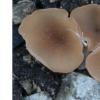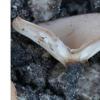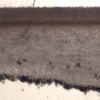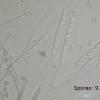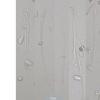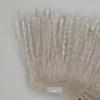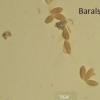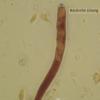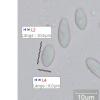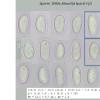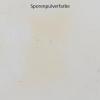
30-12-2025 16:44
Pascal DucosBonjour,Une anamorphe rose stipitée, très nombre

30-12-2025 17:14
 Bernard CLESSE
Bernard CLESSE
Bonjour à toutes et tous,Pourriez-vous aider Albe

29-12-2025 10:15
Hulda Caroline HolteHello, I found and collected this propoloid ascom

30-12-2025 09:04
Hello.A Pyrenomycete sprouting sparsely but very d

29-12-2025 17:44
Isabelle CharissouBonjour,J'aimerais savoir si d'autres personnes au

12-11-2021 00:03
Lepista ZacariasHi everybody,A week ago in my fiels trip I noticed

29-12-2025 17:12
 Bernard CLESSE
Bernard CLESSE
Bonjour à toutes et tous,Pourriez-vous m'aider à
 Dear Asco-friends,
Dear Asco-friends, I found this on a gravel road with various material underneath.
Please remove my troubles I have with identification.
Greetings!
Matthias

this looks like this Discinella terrestris group.
You will have a recent Artikel in your mailbox in a few minutes.
regards,
Stip

I got the paper. Great, thank you very much!
I'm interested too. Thanks in advance.
Greetings Peter.
Discinella boudieri ?

Dear Stip,
I a m interested, too - and ask like Peter.
Best regards, Lothar
I'm interested too. Thanks in advance.
Chris

Stip

you have got it.
cheers,
Stip

I must disagree with Stip because Discinella terrestris is Phaeohelotium bayleyanum, whereas this discomycete here has a sclerotiniaceous apical ring. I have no idea what it is and I would be glad to see especially the spores in higher resolution.
The apothecia seem to arise from a black structure, perhaps a sclerotium?
Stip, you don't mean my article on Phaeohelotium? Or did you mean Discinella boudieri?
Zotto

I did mean the Phaeohelotium Artikel.
Stip

back again, just this evening I could do further work. I include one picture of the dried specimen showing the sclerotified stipes. Very possible, they have sclerotia, I think.
The Spores and their color I got from the bottom of the platic-box, where I kept the dried specimen. The measurements differ from those crushing on the slide.

although I do not see the nuclei in the spores I am quite sure the spores have more than one nucleus, because the oil drops are sometimes in the middle.
Perhaps you have Dumontinia tuberosa or this binucleate undescribed species on Ficaria.
This would be confirmed if you do not find any host tissue in a section across the sclerotium.
Zotto

I tried to make the nuclei visible with aceto-carnine, but without success. I remember,
there was Anemone ranunculoides nearby, but I cannot exclude the ocurrence of Ficaria verna agg.
Different from descriptions and pictutres:
The outer wall of the apothecium is furfuraceous or at least pruinose (see picture!).
The maximum lenth of spores are not exceeding the measurements given in literature.
I name the finding Dumentinia tuberosa agg.
Thanks Zotto and thanks Stip!
Matthias



